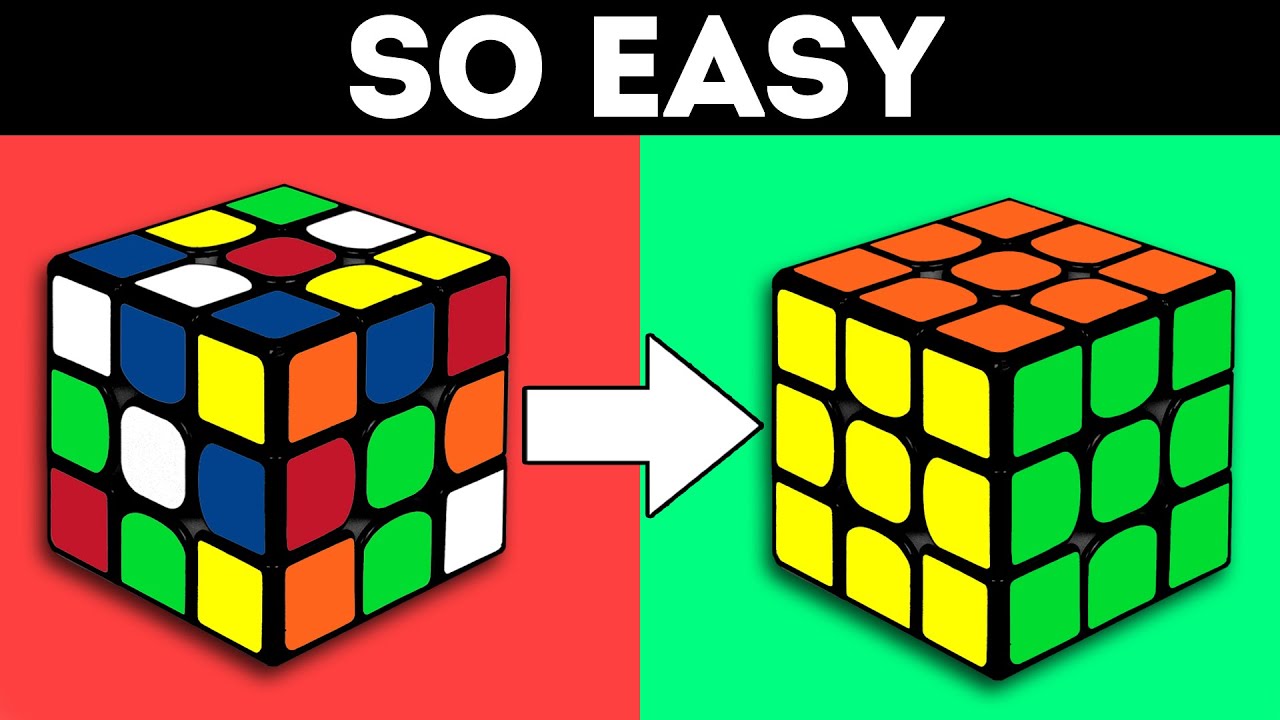To solve a Rubik’s cube, you need to start with the center piece, which is always the same in relation to the other pieces. Next, rotate the top layer until you find two edges that need to be swapped. Finally, apply all three moves together to get an all-edges-correct cube. Here are some tips that how to solve a rubik’s cube.
Center pieces never change their position in relation to each other
The center pieces of a Rubik’s Cube never change their position in relation to each other. That’s because the center spindle keeps the pieces in place in a fixed order. The center pieces can rotate but never change their position in relation to each other. This means that the yellow and red center pieces will always be on top and the white and black center pieces will always be on the bottom.
The centre pieces of a Rubik’s cube are always on the same face, and the center piece of a cube containing a white sticker in the centre will always be a white face. This means that a Rubik’s cube is infinitely repeatable, and you can even use the same cube over again!
One of the best ways to learn how to solve the Rubik’s cube is by starting with the center pieces. This way, you won’t need to memorize long sequences of moves. Once you know the foundations, you can start practicing and competing for the fastest time possible. For those of you who are interested in learning how to solve the cube quickly, Fridrich’s speed cubing method can be a great way to practice. Using this method, you can complete your cube in under 20 seconds. To do this, you will need patience and a determination to solve it correctly.
When solving the Rubik’s cube, you must solve the top surface of the cube and four corner pieces on the center row. After that, you can begin experimenting by bringing down pieces from the top row and putting them back up. This way, you can discover different ways to solve the cube and create new moves that may work for you.
Rotate the top layer until you find two edges that need to be swapped with each other
Now that you have your two layers of pieces arranged correctly, you can begin rotating the top layer until you find two edges that must be swapped. Orient the two flipped edges so that they are in the same orientation. This process can be difficult if the pieces are oriented so that they face each other.
To swap two edges, start with the yellow cross on the top layer and move it to the face that matches. Repeat this process for all 4 edges in the top layer. To swap one edge with another, rotate the other edge until it faces the other face.
If the edges are not in the correct orientation, you may need to rotate the top layer several times. You can also perform U-turns to place the two edges in the right places. The corners of the top layer will be placed in the correct positions, but may not be oriented correctly.
To solve a cube, you have to rotate the top layer until you find two edges that must be swapped each other. Getting three pairs is easy, and more than half of the configurations have three pairs. You can then bring the unpaired edges to the left or right side of the seam. In this way, you can flip two pieces that need to be swapped each other, without breaking any edges that are already paired.
Applying all three of these moves to an all-edges correct cube
To solve the cube, move all the corner pieces to their correct positions. Apply the L D2 L move to swap two corner pieces. The cube will temporarily become jumbled as a result, but you can undo the jumbling with the U slice move.
In this way, you can move the yellow edge piece to the F face. It will make it easier to rotate the piece. Next, rotate the F face so that it is in the R’s corner. This will place the F center squares in the R’s center squares. This move will make sure that the F’s side squares match the R’s center squares.
To apply these moves to an all-edges correct Rubik’s cube, you first need to know how to rotate the U layer. Once you know how to rotate the U layer, you’ll be able to turn it over and move the edge to the FU.
Once you’ve turned the cube around, the last part of the process is to apply the three moves to an all-edges-correct cube. To get a solved cube, you have to find one single layer that has both the diagonally opposite corners. Then, you need to turn the cube by half. You can also twist the bottom layer back into place.
Applying all three of these moves to an edge-correct Rubik’s cube can be challenging, but you’ll find it very satisfying once you master the steps.
